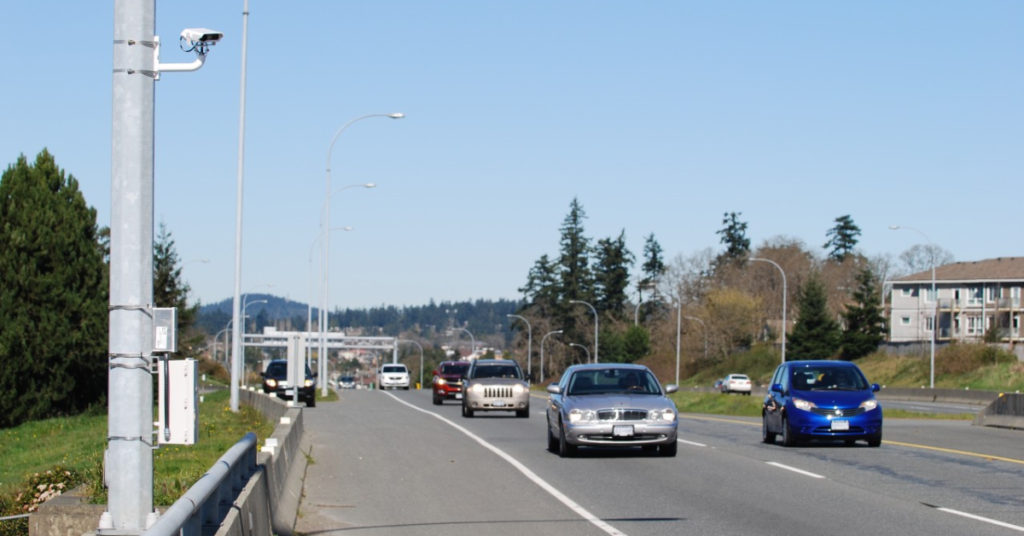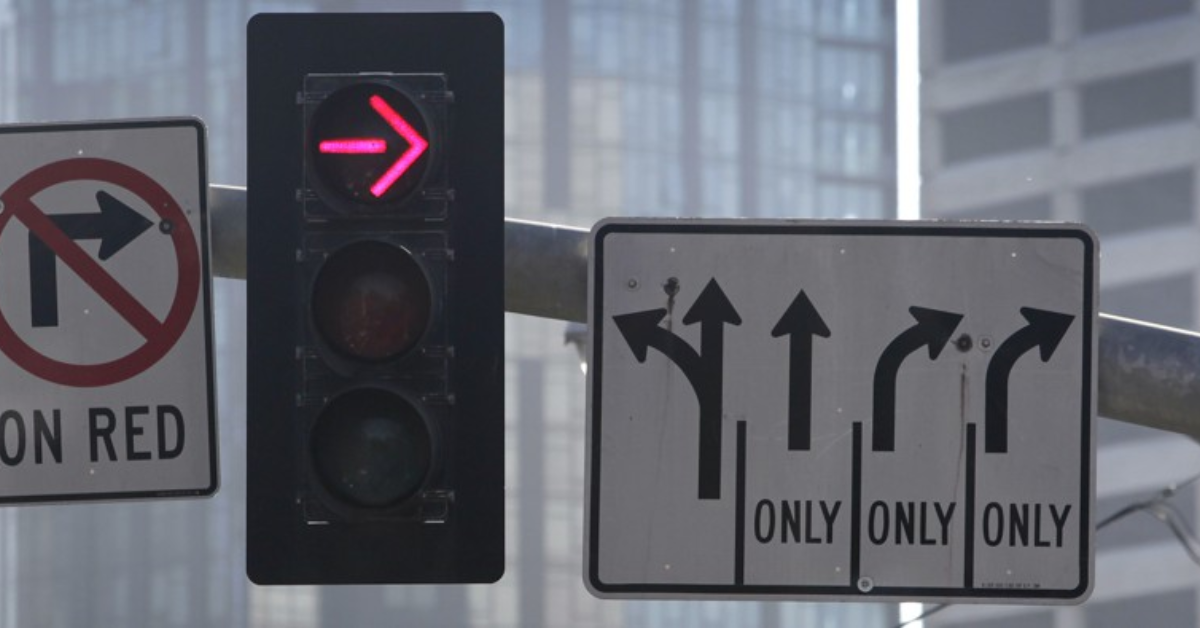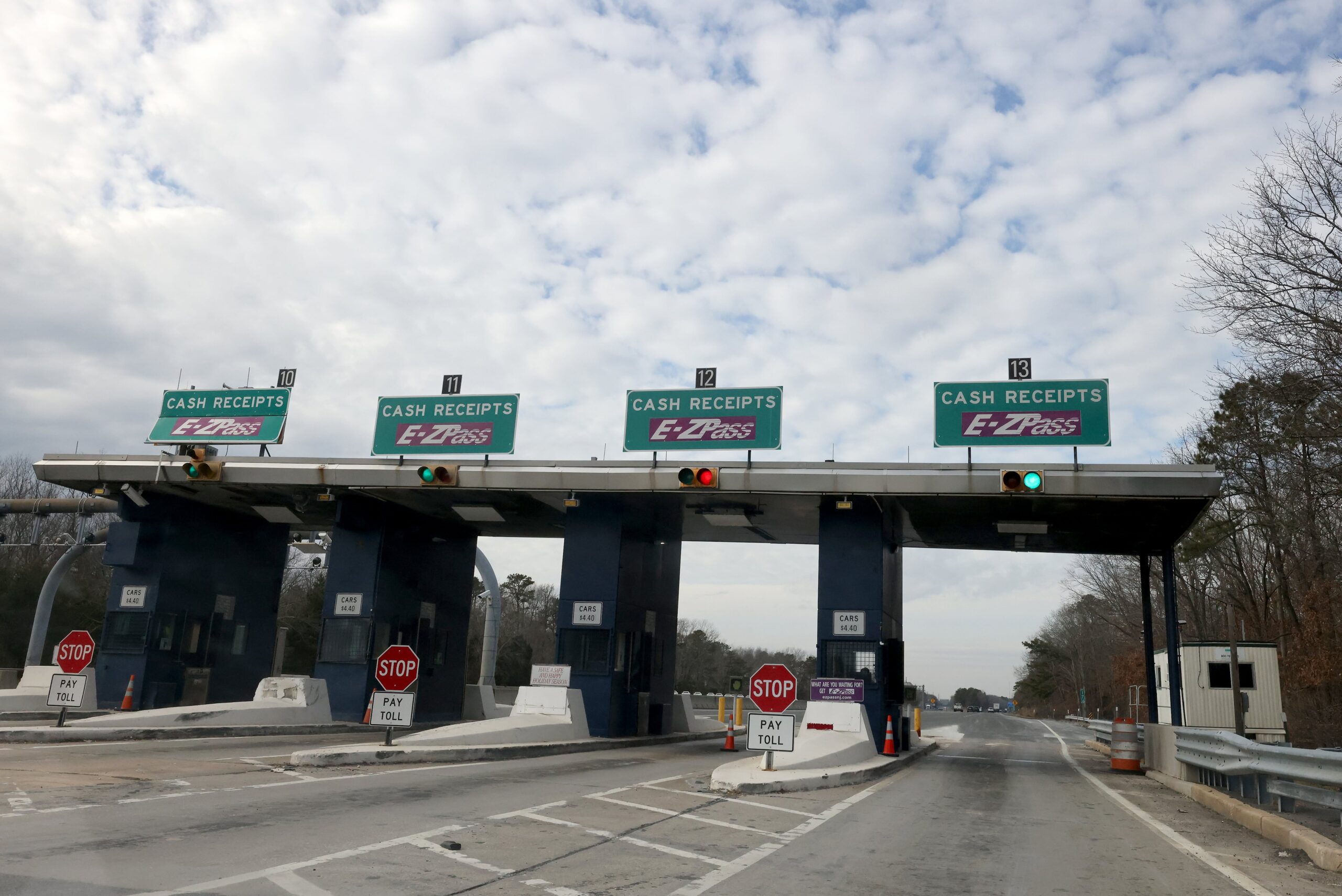In recent years, several U.S. cities have intensified enforcement of traffic laws related to right turns at red lights, leading to a significant increase in citations for drivers. This surge in ticketing is part of broader efforts to enhance pedestrian safety and reduce traffic collisions.
As urban areas grapple with rising pedestrian fatalities, the once-standard practice of turning right on red is being reevaluated, with some cities moving toward outright bans.
The Historical Context of Right on Red
The practice of allowing right turns at red traffic signals gained nationwide acceptance in the United States during the 1970s. Amid the energy crisis, the federal government encouraged states to adopt right-on-red laws as a fuel-saving measure. By 1980, all 50 states had implemented laws permitting right turns on red, except where explicitly prohibited by signage. This widespread adoption aimed to improve traffic flow and reduce fuel consumption.
Rising Concerns and Increased Enforcement
Despite its initial benefits, the right-on-red policy has come under scrutiny due to safety concerns. Studies have indicated that permitting right turns on red can increase collisions involving pedestrians and cyclists. For instance, a 1984 study found that allowing right turns on red resulted in a 60% increase in pedestrian accidents and a 100% increase in bicyclist accidents at intersections where the manoeuvre was permitted.
In response to these alarming statistics, cities like San Francisco have ramped up enforcement of existing traffic laws. The San Francisco Municipal Transportation Agency (SFMTA) has been proactive in issuing warnings and citations to drivers who fail to adhere to right-on-red regulations. Since late last year, SFMTA parking officers have issued over 3,000 warning citations for violations in unmarked “daylighting” zones—areas within 20 feet of a crosswalk designed to enhance pedestrian visibility. This initiative aims to educate drivers and deter unsafe turning practices.
Legislative Actions and Proposals
Beyond increased enforcement, some municipalities are taking legislative steps to restrict or ban right turns on red altogether. Washington, D.C., for example, has enacted legislation to prohibit right turns on red at most intersections by 2025. This move positions the district as a leader in prioritizing pedestrian safety over vehicular convenience.
Similarly, other cities are considering or have implemented measures to curb right turns on red:
- New York City: Historically, New York City has prohibited right turns on red unless a sign indicates otherwise. This longstanding policy reflects the city’s commitment to pedestrian safety in its densely populated urban environment.
- Cambridge, Massachusetts: This city has implemented restrictions on right turns on red in areas with high pedestrian traffic, particularly around schools and commercial districts.
- Ann Arbor, Michigan: Known for its significant pedestrian population, the University of Michigan, Ann Arbor, has also considered measures to limit right turns on red to protect walkers and cyclists.
These legislative efforts are often accompanied by public awareness campaigns to inform drivers of the changes and their rationale.
The Role of Automated Enforcement
Many cities are turning to technology to bolster enforcement efforts. Automated red-light cameras have become a common tool to monitor and penalize illegal right turns on red. These cameras capture violations in real-time, and citations are mailed to the registered owner of the vehicle.

For instance, San Francisco is expanding its use of automated enforcement by installing 33 new speed cameras to ticket speeding drivers, with fines ranging from $50 to $500. These cameras, set to activate next month, will target high-injury streets and school zones.
Additionally, the city plans to extend its network of red-light cameras by fall 2025. These initiatives aim to deter traffic violations, including illegal right turns on red, thereby enhancing overall road safety.
Public Response and Controversies
The crackdown on right turns on red has elicited mixed reactions from the public. Proponents argue that these measures are necessary to protect vulnerable road users and reduce traffic-related fatalities. They point to studies indicating that intersections allowing right turns on red have higher incidences of pedestrian accidents.
Critics, however, contend that banning right turns on red could lead to increased traffic congestion and longer commute times. Some also view the surge in ticketing as a revenue-generating tactic rather than a genuine safety measure. In some cities, the implementation of automated enforcement has faced legal challenges and public pushback, with opponents citing concerns over privacy and the accuracy of traffic cameras.
Navigating the Changing Landscape
As more cities reevaluate their policies on right turns at red lights, drivers must stay informed about local traffic laws to avoid unintentional violations. Here are some steps motorists can take:
- Observe Signage: Always look for signs indicating whether right turns on red are permitted or prohibited at specific intersections.
- Stay Updated: Traffic laws can change. Check with local transportation departments or official city websites regularly for updates on traffic regulations.
- Prioritize Safety: Even where right turns on red are allowed, ensure a complete stop is made, and yield to pedestrians and oncoming traffic before proceeding.
- Be Aware of Automated Enforcement: In areas utilizing traffic cameras, understand that violations are monitored electronically, and citations can be issued without direct police intervention.
By adhering to these guidelines, drivers can contribute to safer roadways and avoid costly fines associated with right-on-red violations.
Conclusion
The increasing enforcement and legislative actions surrounding right turns on red reflect a growing commitment by U.S. cities to prioritize pedestrian safety. While these measures may require drivers to adjust long-standing habits, the potential benefits in reducing accidents and saving lives present a compelling case for their adoption. As urban landscapes continue to evolve, so too must the rules and behaviours that govern our roadways.
For more information on specific state traffic laws and recent legislative changes, you can visit the Federal Highway Administration’s official website or consult your local Department of Motor Vehicles.
Disclaimer: This article has been meticulously fact-checked by our team to ensure accuracy and uphold transparency. We strive to deliver trustworthy and dependable content to our readers.








